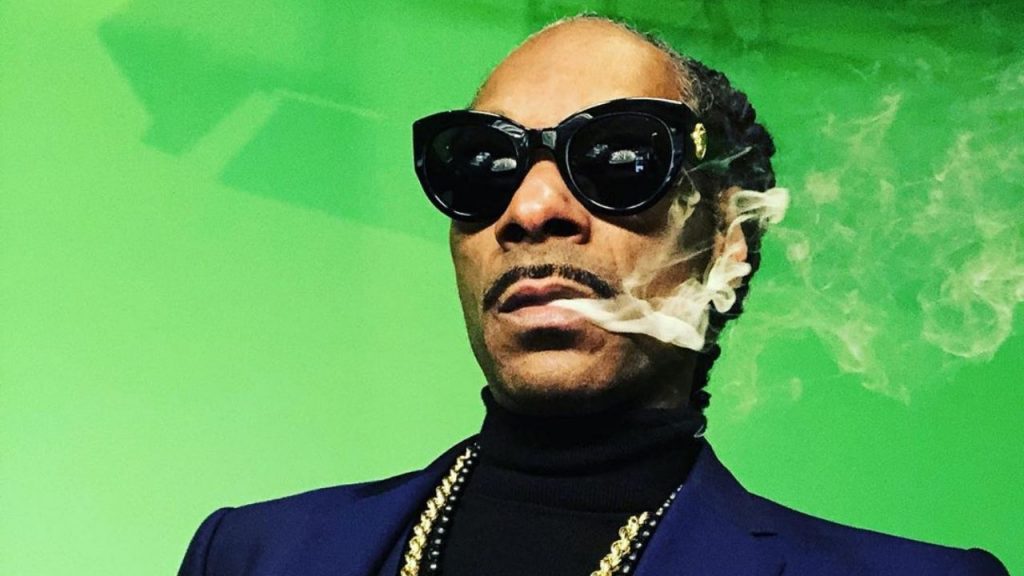
The red dot or “tilak” of varying sizes represents the third eye. The bindi is also said to be the third eye in hindu religion, and it.
The majority of indian women put a red dot between their eyebrows.
What does the red dot mean in indian culture. Most often, the bindi are red dots. In north india, the red dot on the forehead would be traditionally the prerogative of married women. Many people of india, especially those who follow the hindu religion, wear colored markings on their foreheads and other parts of their bodies.in general, forehead markings identify a person�s third eye, or what hindus believe is the center of a person�s nervous system, the area in which a person can see spiritual truths.these markings usually take the form of red,.
What does a red bindi mean? The practice of putting a red dot on the forehead is primarily related to hindu mythology. Red is the traditional and it represents the third eye, concealing a chakra point and etc.
There are many possible meanings of the color red, but in the context of bindi it is thought to represent the following in particular: It represents a third, inner eye. The bindi is also said to be the third eye in hindu religion, and it.
But not in south india. The dot is called �kumkum� or �bindi�, and when worn by men it. The mark is known as a bindi.
18th century illustration from rajasthan depicting the ajna chakra. Indian customs and culture are riots of colors with almost every color thrown in for good measure. It means �red�, and represents shakti (strength).
The tilaka symbolizes the third eye, or mind’s eye, associated with many hindu deities, and the idea of meditation and spiritual enlightenment. And it�s a hindu tradition that dates to the third. As such, the red dot signifies piety as well as serving as a constant reminder to keep god at the center of one’s thoughts.
As such, the red dot signifies piety as well as serving as a constant reminder to keep god at most, she will wear a black dot on her forehead. The name is derived from “bindu”, a sanskrit word for “point” or “dot” and is usually red in color made with vermillion powder which is worn by women between their eyebrows on the forehead. The red dot on the forehead in the indian culture is called a bindi, and represents the third eye or the all seeing eye. it is sort of like a.
Red powder is often showered on deities at temples during prayer. Kahlil gibran marriage is the golden. The position of the tilaka is standard:
The vermilion, traditionally used exclusively for bindis, is called �sindura� or �sindoor�. The colored powder, therefore, has become a hugely intrinsic part of indian culture. The bindi can symbolize many aspects of the hindu culture, but from the beginning it has always been a red dot worn on the forehead, most commonly to represent a married woman.
In the past, tilakas were usually worn by gods, priests, ascetics, or worshippers, but is now a common practice for most hindus. Bindi tattoo on the forehead, is one of the cultural practice in indian women from rural areas. Hindu tradition holds that all people have.
The majority of indian women put a red dot between their eyebrows. As such, the red dot signifies piety as well as serving as a constant reminder to keep god at the center of one’s thoughts. What does the red dot signify in indian culture?
Any other color is worn for decoration. Red in mythology denotes bravery, protection, and strength. This mark, called a bindi, is often worn by married indian women and symbolizes wisdom.
The bindi may look like nothing more than ornamentation to the outside world, but as recent events have revealed, that little red dot has come to symbolize centuries of culture, religion and social identity for the indian woman. The black is significance because its made from herbs and it is seen as holistic medicine. The term “bindi” stems from the sanskrit word bindu, which means drop or particle.
The �red dot� on the forehead is not always only red and nor is it always a dot. Is the indian red dot a tattoo? The bindi is also said to be the third eye in hindu religion, and it can be used to ward off bad luck.
The red dot or “tilak” of varying sizes represents the third eye. Indian women wear black or red dots on their foreheads because this part of the body has symbolic importance to hindus. Why are the bindis red?
Why do indians have red dots. There are others who view it simply as an attempt to embrace indian culture. Across the country, it�s not uncommon to see women sporting a small dot on their foreheads between their eyebrows.
The red dots signify their martial status — married women put a red dot, while unmarried girls put a small black dot on their forehead. A bindi is an auspicious mark worn by young girls and women in india. The bindi can symbolize many aspects of the hindu culture, but from the beginning it has always been a red dot worn on the forehead, most commonly to represent a married woman.
The origin of the bindi can be found in ancient times but has lost this significance in.